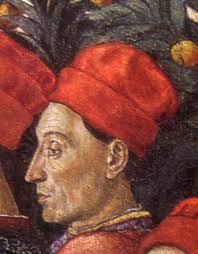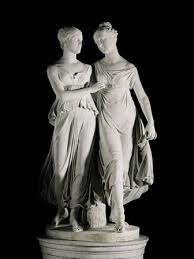Avete mai sentito parlare di Ciriaco de’Pizzicolli?
Di recente c’è stato un programma alla BBC chiamato “The Secret History of Archaeology” in cui il presentatore, Prof. Richard Miles, ha discusso del ruolo di certe persone meno conosciute persone nella storia di archeologia. Nel programma ha raccontato la storia di Ciriaco de’Pizzicolli che è stato chiamato il padre dell’archeologia.
Ciriaco de’ Pizzicolli è nato ad Ancona nel 1391. Era un umanista e antiquario interessato agli edifici e ai monumenti romani e greci. Durante i suoi viaggi nel mediterraneo dell’est li ha descritti e li ha illustrati nei i suoi taccuini (i Commentarii).
Non ha mai stampato i Commentarii che nel 1514 sono stati distrutti in un incendio nella Biblioteca degli Sforza a Pesaro. Fortunatamente alcune copie dei suoi taccuini erano già in circolazione. Pizzicolli è chiamato il padre dell’archeologia perché è stata la prima persona dell’epoca moderna ad avere registrato accuratamente le rovine dal passato.
Have you ever heard of Ciriaco de’Pizzicolli?
Recently there was a programme on the BBC called “The Secret History of Archaeology” in which the presenter, Prof. Richard Miles, discussed the role of some lesser-known people in the history of archeology. The program told the story of Ciriaco de’Pizzicolli that has been called the father of archeology.
Ciriaco de ‘Pizzicolli was born in Ancona in 1391. He was a humanist and antiquarian, interested in Roman and Greek buildings and monuments. During his travels in the Eastern Mediterranean he described and illustrated them in his notebooks (the Commentaries)
He never published his Commentaries, which in 1514 were destroyed in a fire in the library Sforza in Pesaro. Fortunately copies of his writings were already in circulation. Pizzicolli is called the father of archaeology because he was the first in the modern era to have accurately recorded the ruins of the past. .


